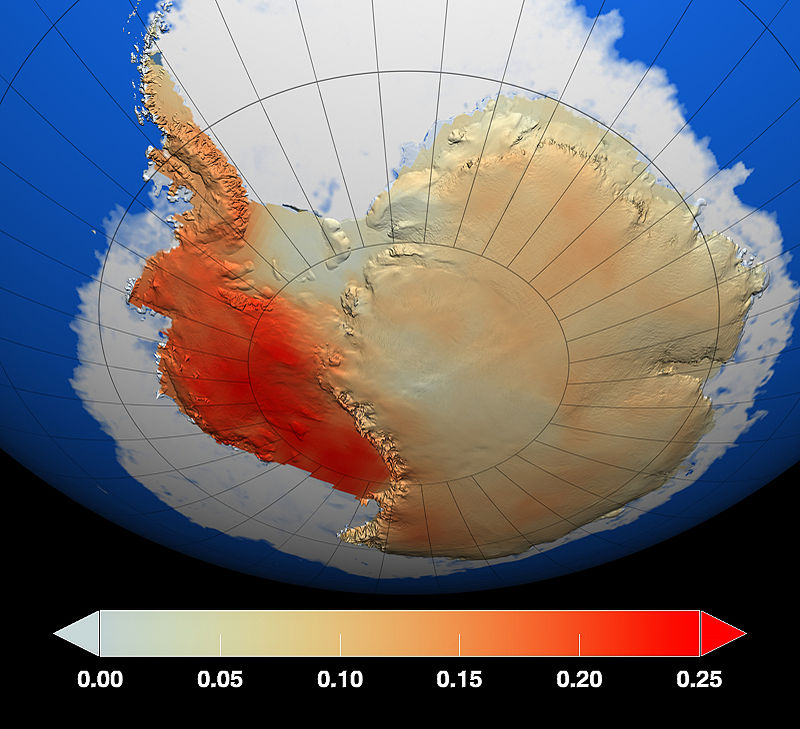Although we commonly associate climate change with environmental issues, the repercussions may extend to human health as well. A recent article in the New England Journal of Medicine discusses the link between climate change and human health.
The ramifications of climate change may seem distant to many Americans who may imagine it is only a direct threat to low-elevation islands in danger of drowning with rising sea levels. However, climate change intensifies extreme weather patterns such as dry and heat spells, hurricanes, and storms. Hurricanes and storms kill directly, while dry and heat spells raise pollution in the air by increasing incidence and duration of wildfires and ozone concentration in the air. Prolonged heat spells also cause the release of more pollen, increasing allergic reactions. Collectively, these factors can exacerbate asthma and other respiratory problems.
The elderly or low-income populations are likely to take the brunt of the effects of climate change. Elders tend to be less resilient when faced with increased air pollution, and during times of extreme weather such as hurricanes, it is physically harder for them to evacuate. Poorer populations often face a different set of threats. As global temperature increases, so does incidence and spread of malaria. Proportional to their income, low-income populations spend more out-of-pocket on healthcare than middle or high-income populations. Within a low income population, spending more on healthcare can presumably mean less money to spend on food or hygiene.
Image Source: AFP LIONEL BONAVENTURE
Some ways to mitigate effects of climate change on human health include secondary prevention techniques, that is, reducing the amount of harm inflicted on people. The Centers for Disease Control (CDC) has outlined a set of guidelines in a document they dubbed BRACE, or Building Resilience Against Climate Effects.
Our healthcare system can also lead the charge against climate change by promoting an environmentally-conscious method of practice. This includes reducing materials and energy use or encouraging employees to walk, cycle, or carpool to work.
As one of the leading nations in the overall economy and greenhouse emissions, the U.S. has a responsibility to initiate and propagate environmentally-conscious practices to dampen the rise in pollution, food scarcity, and population displacement.
So how can we improve?
- Reinstate the Paris Agreement, which will keep global temperature rise per year under 2°C
- More initiatives like the EPA’s Clean Power Plan, which reduce carbon emissions (may be threatened by Trump administration’s new policies)
- Encourage health professionals to communicate climate change in simple, but scientific terms. When facts are heard from a trusted source, the public is more likely to be responsive to the information.
- Supporting and publicizing organizations like Med Societies for Climate Health, which documents climate change-related health effects.
- Be encouraging and optimistic that confronting climate change now will produce positive results for both the planet and its inhabitants!
Feature Image Source: Climate Change by E. Steig










